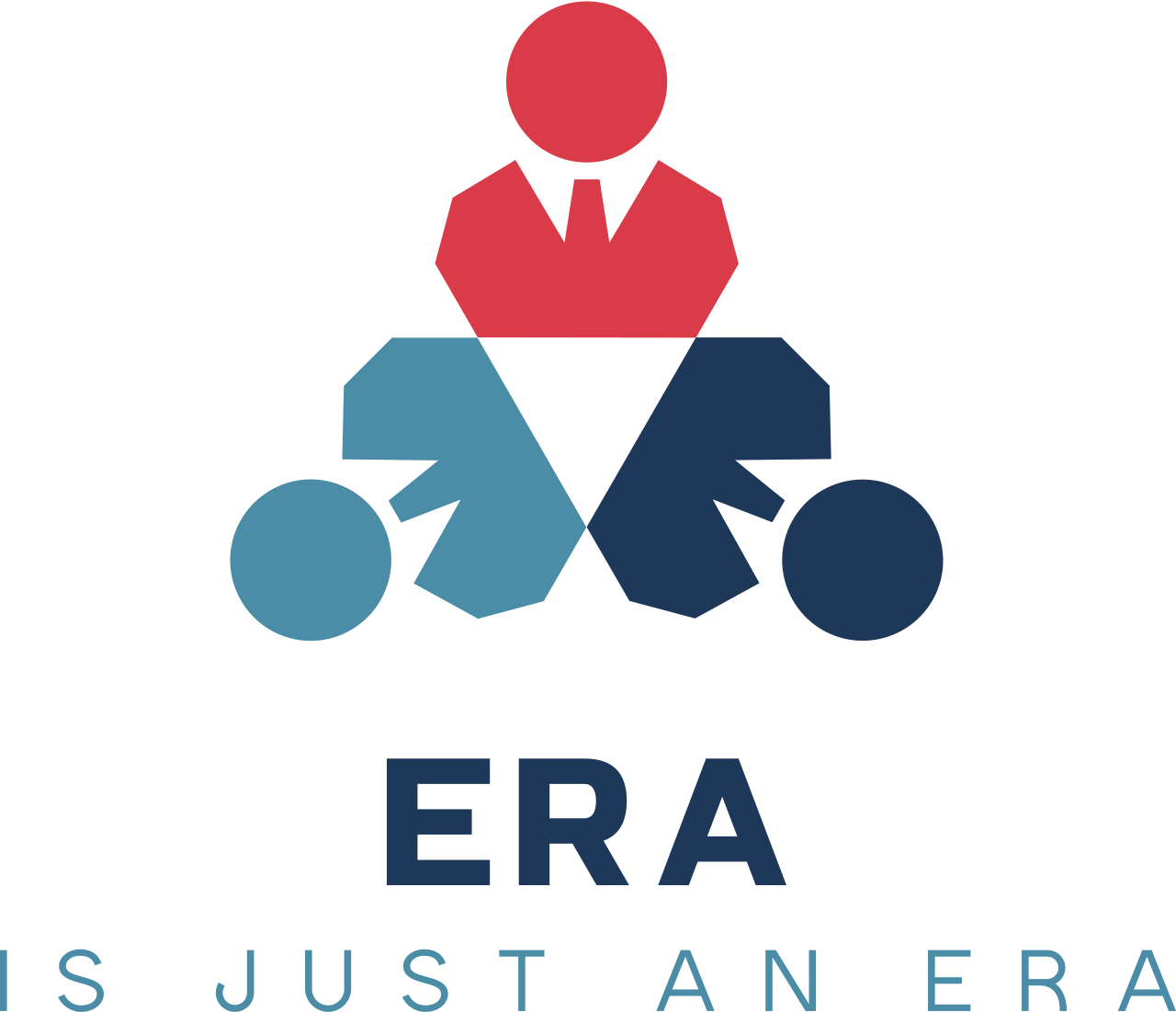Innovative Transformations in the Modern Workspace
How do digital notification practices contribute to the development of 'ping fatigue' and what measurable impacts do they have on employee focus and productivity?
Recent developments in the way we work are reshaping professional life and challenging traditional norms. Modern research into coworking environments and digital interfaces shows that digital platforms are not only redefining how professionals connect but also how they navigate the complex mix of benefits and challenges in a hyper-connected setting. These platforms efficiently bring together individuals with shared work experiences, especially in personalized professional settings, but they also highlight emerging concerns such as digital fatigue and the unintended consequences of constant connectivity.Innovative approaches in coworking are extending beyond mere desk-sharing. Emerging digital tools, such as matchmaking applications, aim to streamline social interactions among professionals. These innovations cater to the metrics of low cost and high efficiency, offering a pragmatic solution for enhancing in-person collaboration. Yet, they present a dual-edged sword where the drive for network optimization may inadvertently lead to issues of surveillance and control—a reminder of the need for balanced digital practices that respect personal boundaries.In parallel, the exploration of alternative work schedules has garnered significant attention. Experiments with compressed workweeks, particularly the 4-day model, offer promising results. Organizations implementing this model have reported higher overall productivity, decreased turnover rates, and improved recruitment and retention. These benefits, combined with enhanced employee well-being and cost savings, underline a transformative potential in work scheduling. However, even innovative models like these must contend with challenges such as increased work intensity and stress, particularly in industries where digital collaboration is paramount.Furthermore, studies on remote work reveal a complex landscape where productivity gains are sometimes offset by hurdles like communication difficulties and inadequate home office setups. The nuanced impacts on workers—from call centers to academic researchers—emphasize that remote working models might require tailored strategies to fully unleash their potential without compromising on employee engagement and output.The landscape of modern work is a blend of groundbreaking digital advances and carefully recalibrated work-life balances. As companies continue to experiment with both digital connectivity and physical disconnection, the industry is poised for innovations that not only streamline operations but also safeguard workers’ well-being in an increasingly intricate professional ecosystem.
